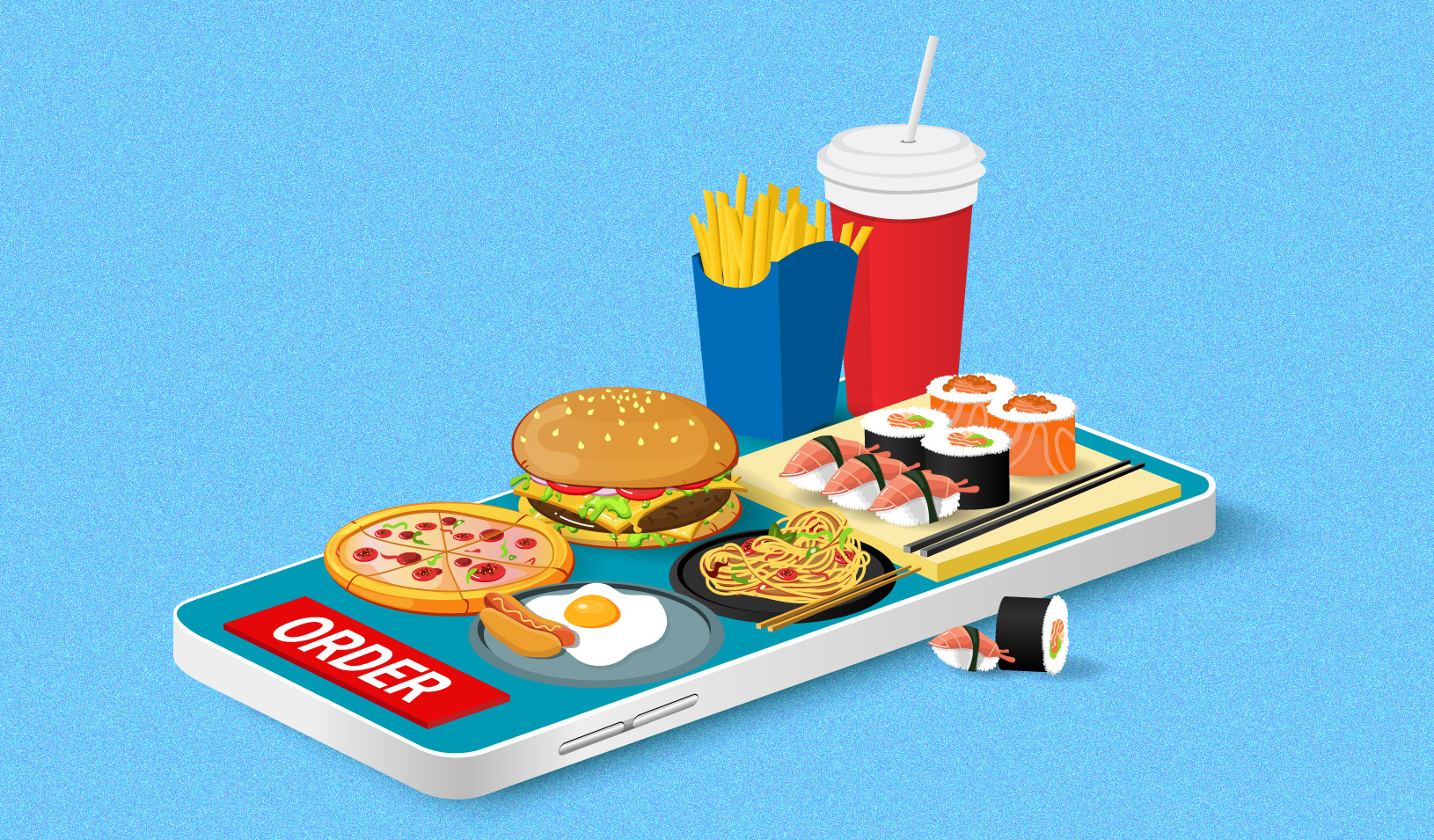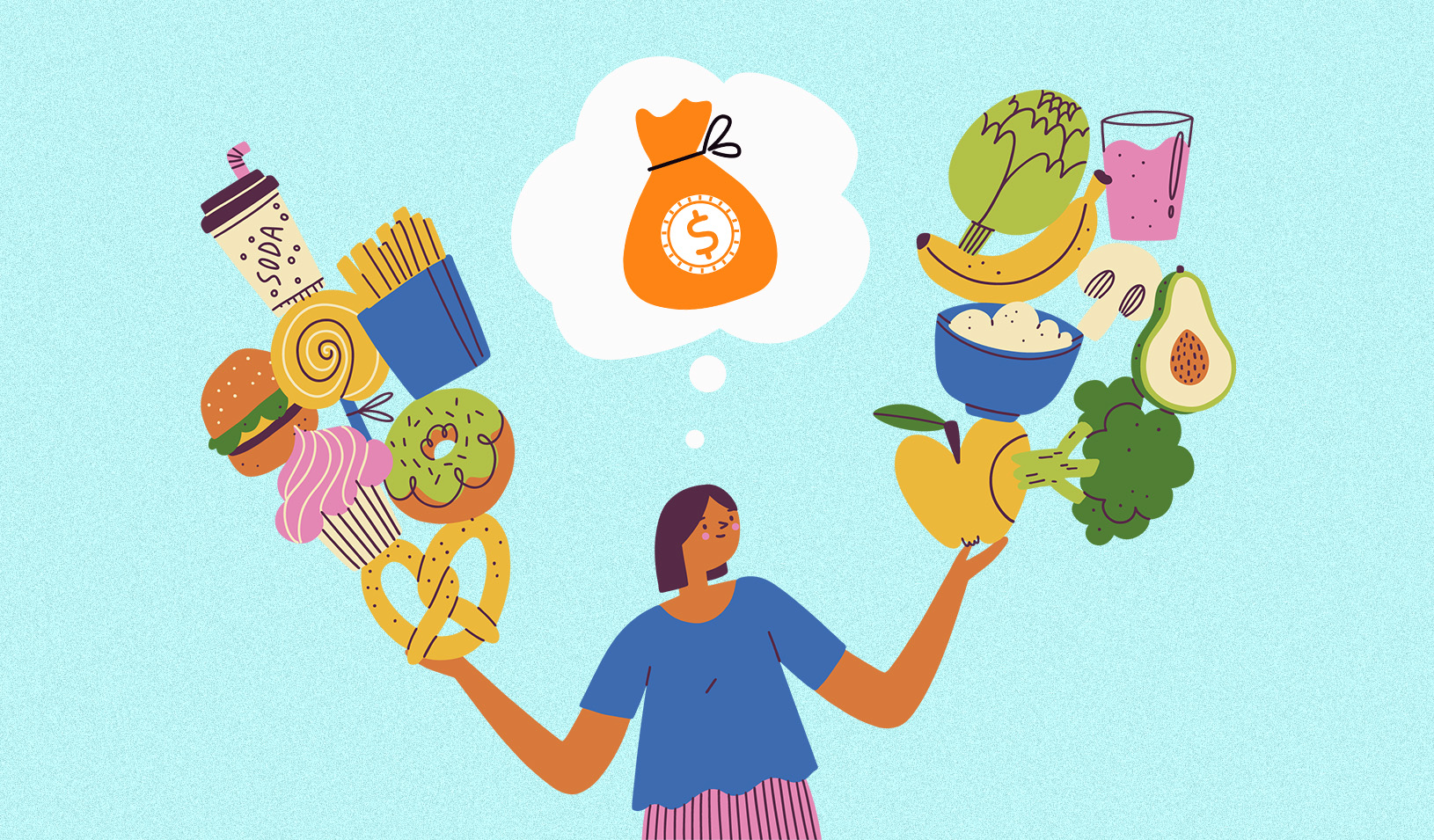
Advertisers may put tight restrictions on the influencers they hire to promote their products. | iStock/Yana Lobenko
In September 2018, Snapchat launched a new generation of its Snap Spectacles. Instead of relying on a traditional advertising campaign to promote the camera-enabled sunglasses, the brand chose an influencer to get the word out. Luka Sabbat was a 20-year-old model and actor best known for playing a character based on himself on the TV show Grown-ish and for reportedly dating a Kardashian. More importantly, he had 1.7 million Instagram followers.
The terms of the deal were simple. Sabbat would create one Instagram post and three stories featuring photos of himself wearing the spectacles at New York, Paris, or Milan fashion week. He would submit all the posts to Snapchat’s PR firm for pre-approval. In exchange, Snapchat would pay him $60,000, with $45,000 upfront.
Sabbat made one Instagram post, a series of photos of himself in a hotel room wearing the glasses and holding a bunch of bananas up to his ear like a phone. He didn’t mention Snapchat or Snap Spectacles by name, nor did he submit the post for pre-approval. A month later, Snapchat’s PR firm sued him for breach of contract.
It was a historic moment in the relatively new but rapidly expanding field of influencer marketing: the first time an advertiser had sued an influencer for, as a headline in Variety put it, “failure to influence.”
Other advertisers took note and began pressing for stricter contracts that would provide more clearly defined expectations for the influencers they hired. But according to new research by Navdeep Sahni, an associate professor of marketing at Stanford Graduate School of Business, these restrictive contracts can undermine the impact of influencer marketing campaigns.
The appeal of influencer marketing to advertisers, Sahni says, is that “you get an agent, an advocate who is connected with the audience in a very unique way. The audience chooses to talk and listen to the influencer. The influencer knows the audience very well.” In comparison, a conventional ad devised by an agency may seem generic.
Many influencers operate within very small and specific niches, which is useful for a brand seeking to customize its ads. Yet influencers are extremely selective about which advertisers they choose to work with. “Influencers pay a lot of attention to whose word they’re willing to relay,” Sahni says. “They’re more picky than the traditional media that we see. The audience can choose to unfollow an influencer. That’s a consideration when an influencer picks a contract.”
Followers expect their favorite influencers to be “authentic” — to provide a genuine glimpse of their lives in their online content. That’s what makes them trustworthy — and attractive to advertisers. Yet if they’re being paid thousands of dollars to endorse a product, what does that do to their authenticity, especially if they have to recite a script provided by the advertiser?
What’s Inside Sponcon Contracts?
With his colleagues Reto Hofstetter of the University of Lucerne and Andreas Lanz of the University of Basel, Sahni decided to study the effects of ad contracts on influencer marketing. They had two central questions: How did the influencers respond to contractual constraints, and how did these constraints affect the performance of sponsored posts?
The researchers began with a pool of 984 contracts worth $6.9 million, written by 286 brands and offered to 7,101 influencers, obtained through a platform that connects advertisers and influencers. (Sahni is not able to disclose the name of the platform.) First they examined the fine print of the contracts and the actual level of influencer participation and performance metrics of posts made according to the terms of the contracts. Then they conducted a survey of the influencers to determine their relationship with their audience.
The researchers found that more restrictive contracts were less likely to attract influencers. Adding specific directions about how a product should be displayed, for example, reduced influencer participation by 28% — and the tighter the bond an influencer felt with their followers, the less likely they were to agree to such a contract. The researchers also found that influencers’ aversion to strict contracts wasn’t entirely groundless: Posts produced under more restrictive contracts had significantly less audience engagement.
Next, they conducted a field experiment with a group of 1,495 influencers. All the influencers were offered a standard contract from a well-known cosmetics brand to create an Instagram video. Of that group, around one-fifth accepted the contract. When it came time to sign, half were randomly selected to receive a less restrictive version. The influencers then created videos according to the terms of their respective contracts. The researchers found that the posts from the less-restrictive contracts generated an average of 53 clicks, while the posts made under the standard contract got just 14; they didn’t resonate as well with the audience because the influencer didn’t seem authentic in them.
In other words, putting excessive restraints on an influencer’s creativity and interfering with their relationship with their audience is a poor business move. Which leaves one big question, says Sahni: “Is the [advertiser] willing to lose some control and rely more on the influencer?”
Sahni believes it’s more beneficial to everyone — the advertiser, the influencer, the audience — if contracts allow influencers to retain more creative control. “Research like this, from accumulating a lot of evidence, is communicating that concern in a more compelling way,” he says. He’s planning more research on influencers as more data becomes available.
Sabbat’s feud with Snapchat ended with a settlement that required him to pay $15,000. Meanwhile, he continues to influence, but now on his own behalf: He launched his own clothing brand in December 2023. And these days, he always mentions his sponsors in his Instagram posts.
For media inquiries, visit the Newsroom.






